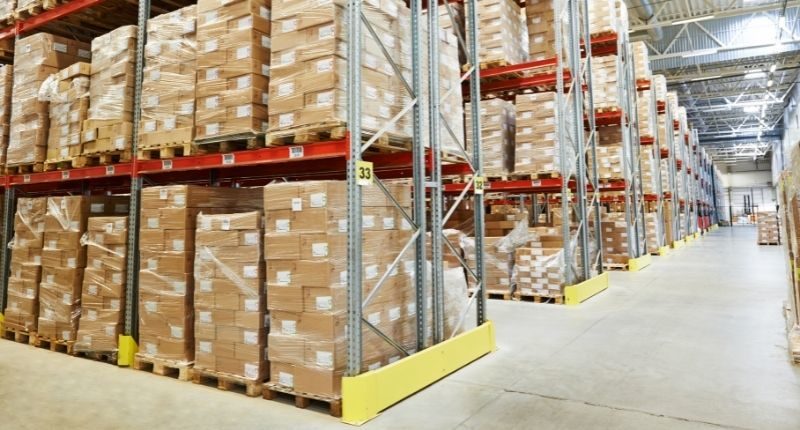- Industrial rents rising, with Melbourne (16%) and Adelaide (11.6%) growing fastest
- Growth in e-commerce driving demand, tightening prime yields to record lows
- Foreign investors dominating industrial sales, attracted by low cost of capital
After a record year of industrial sales in 2021, the industrial sector continues to thrive as rents remain rising across Australia.
Melbourne and Adelaide has seen the largest rise in industrial rents, with growth rates of 16% and 11.6% respectively.
Matt Webb, director at m3property said the strong rental growth accompanies a record sales turnover and tightening yields.
Rents rising and yields tightening
According to Mr Webb, despite Melbourne recording the strongest rental growth in the nation, the city remains the most competitive.
Prime rents for industrial spaces in Melbourne currently average $96 per square metre.
“Adelaide rents are now $104 per square metre while Sydney is the most expensive at $150 per square metre while industrial space in Brisbane will fetch around $124 per square metre.”
Matt Webb, m3property director
He added that there was a record level of take-up last year, attributing growth in the e-commerce sector to be the main driving force in rising occupier demand.
“Prime yields have also tightened to all time lows with Sydney recording a range between 3.25% to 4.75% while Melbourne is now at 3.5% to 4.75%, Brisbane at 4% to 4.75% and Adelaide slightly softer with a range between 4.5% and 6.25%,” he said.
Sales activity soars as foreign buyers dominate market
Sale activity across Australia’s industrial sector have also been lively, doubling over 2021 with $18 billion in turnover (properties over $20 million).
Key sales within the sector include Centuria Industrial REIT’s acquisition of 82-92 Rodeo Road, Gregory Hills for $70 million in addition to 590 Heath Road, Clayton South for $27.5 million.
Surprisingly, given Australia’s typically locked down border status, Mr Webb said foreign buyers were the most active in the industrial market.
Foreign buyers accounted for an enormous 57.3% stake in the total sales, with REIT’s following behind at 29.6%.
Mr Webb said the investment demand was driven by the low cost of capital and yield spread relative to bond rates.
“The macroeconomic drivers of industrial occupier and investor demand has been favourable up until the present time,” he concluded.
As for what lies ahead this year, m3property expects to see significant upward pressure on rental prices, forecasted to drive value growth over the short to medium term.








